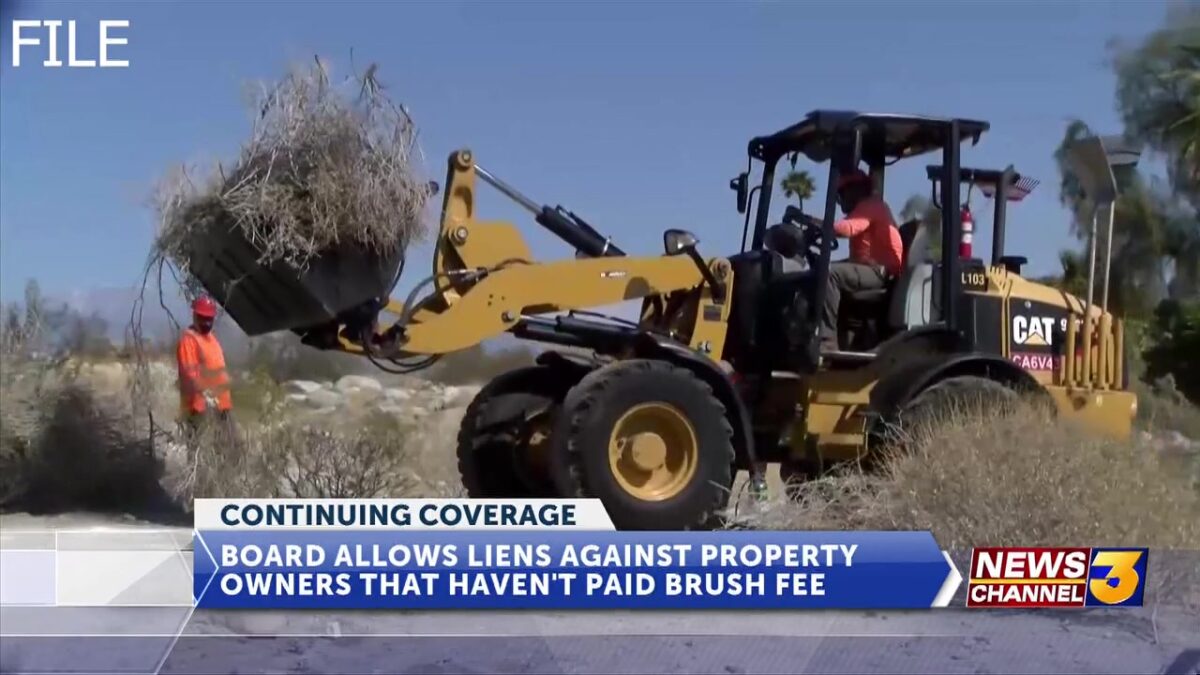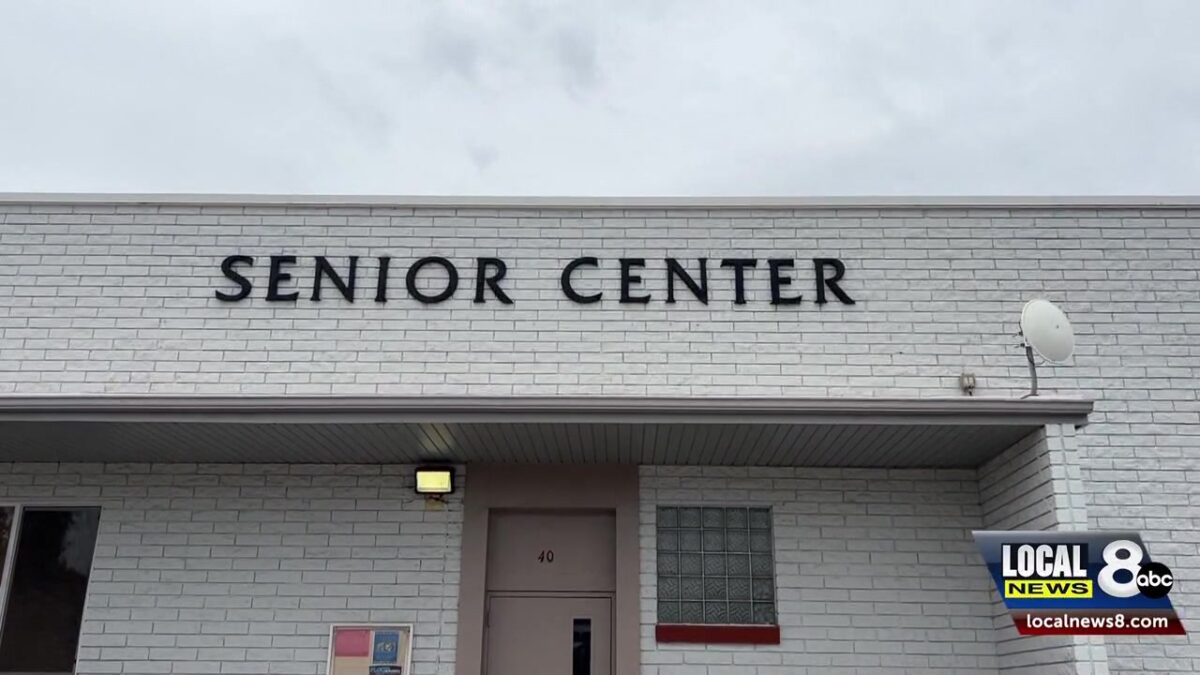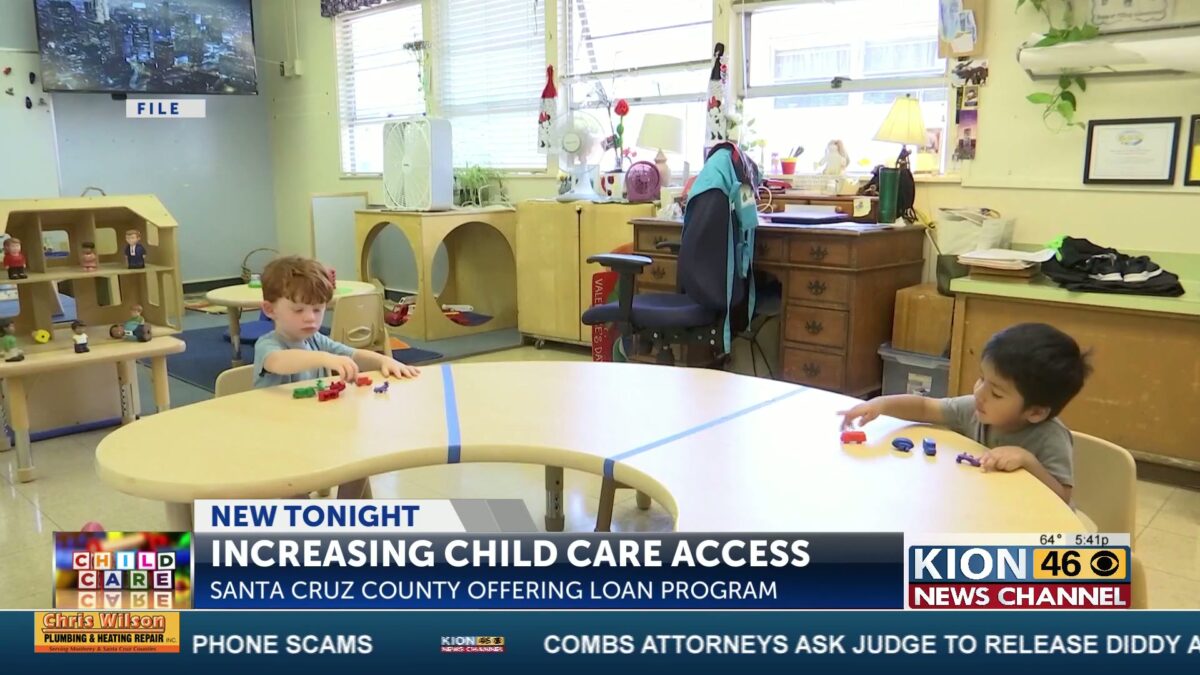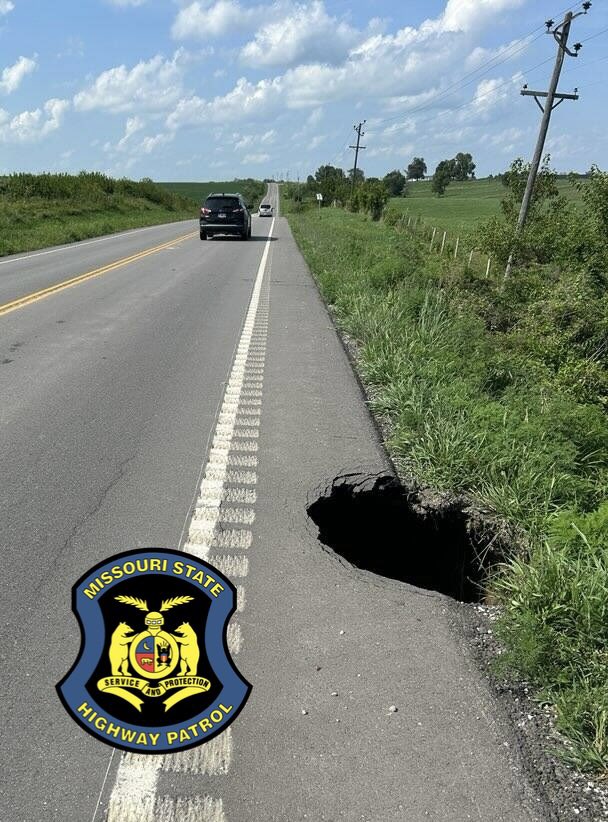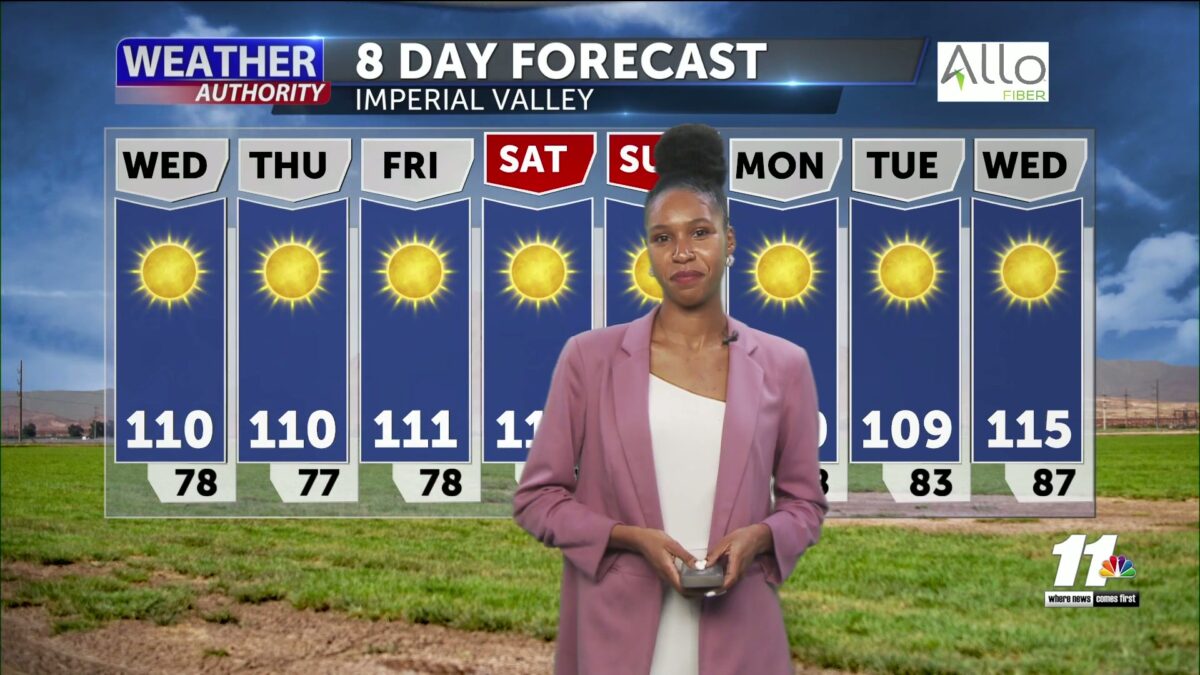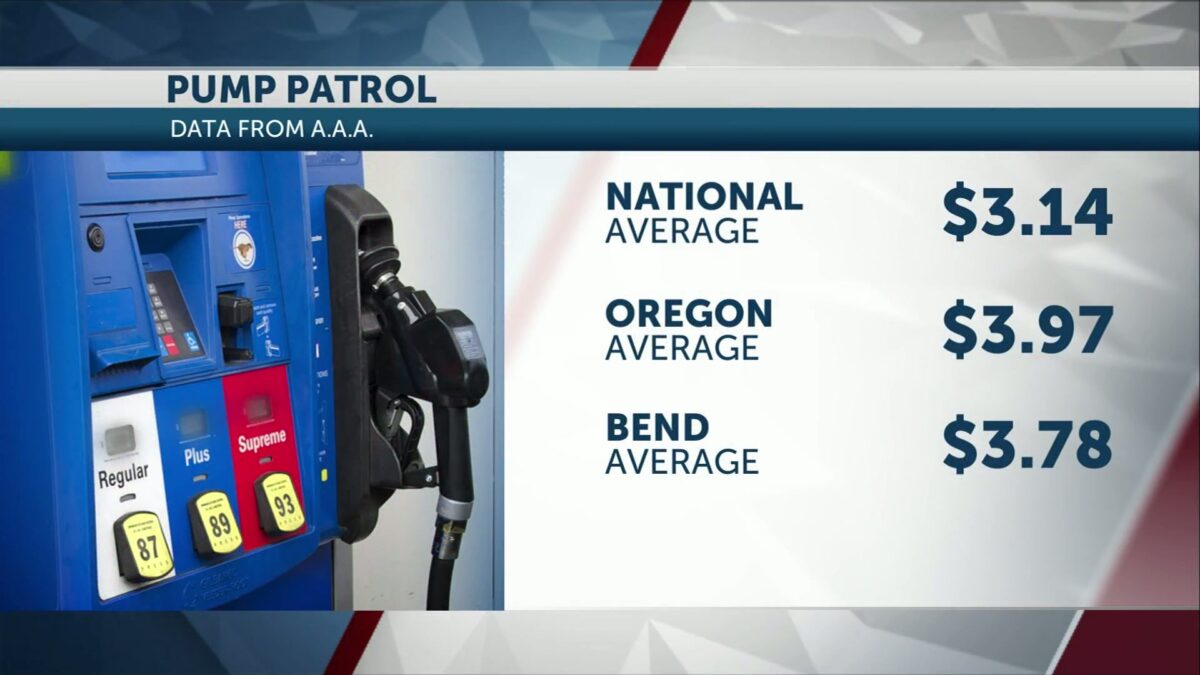Barney Lerten
PORTLAND, Ore. (KTVZ) – Temperatures are warm, but gas prices are relatively cool. Most states, including Oregon, are seeing fairly stable prices at the pumps.
Crude oil prices remaining below $70 per barrel have helped prevent major swings in gas prices this summer, according to AAA Oregon/Idaho’s weekly report, out Tuesday:
For the week, the national average for regular slips one cent to $3.14 a gallon. The Oregon average dips two cents to $3.97 a gallon, while Bend’s average is down about three cents, to $3.77 a gallon.

“It’s been a quiet summer at the pumps so far, and this trend should continue in the short term, as long as crude oil prices remain below $70 per barrel. Factors that could push pump prices higher include hurricanes that impact drilling and refining, geopolitical events, economic news, or a disruption in supplies,” says Marie Dodds, public affairs director for AAA Oregon/Idaho.
The Oregon average for regular gas began 2025 at $3.45 a gallon and is currently at $3.97. The highest price of the year so far is $4.076 on June 24 and 25. The lowest price of the year so far is just under $3.45 a gallon on January 2.
The national average began 2025 at $3.06 a gallon and is currently at $3.14. The highest price of the year so far is $3.268 on April 4. The lowest price of the year so far is $3.06 on January 5.
This week 14 Oregon counties have averages at or above $4, compared to 18 counties a week ago:
Clackamas $4.03
Clatsop $4.14
Columbia $4.12
Curry $4.11
Grant $4.20
Harney $4.26
Josephine $4.05
Lake $4.23
Multnomah $4.11
Sherman $4.02
Tillamook $4.17
Wallowa $4.11
Washington $4.11
Yamhill $4.08
Gas prices typically rise starting in mid-to-late winter and early spring as refineries undergo maintenance ahead of the switch to summer-blend fuel, which is more expensive to produce and less likely to evaporate in warmer temperatures. The switch occurs first in California, which is why pump prices on the West Coast often rise before other parts of the country. The East Coast is the last major market to switch to summer-blend fuel. Most areas have a May 1 compliance date for refiners and terminals, while most gas stations have a June 1 deadline to switch to selling summer-blend until June 1. Switch-over dates are earlier in California with some areas in the state requiring summer-blend fuel by April 1. Some refineries will begin maintenance and the switchover in February.
Gas prices usually drop in the fall, due to the switch from summer-blend to winter-blend fuel, which costs less to produce. The switch starts in September. Many areas, including Oregon, can sell winter-blend fuel starting September 15. However, Northern and Southern California require summer-blend fuel through October 31. Prices usually decline to their lowest levels of the year in late fall and early winter before increasing again in the late winter and early spring.
Meanwhile, crude oil production in the U.S. remains near record highs. The U.S. Energy Information Administration (EIA) reports that crude production in this country ticked down from 13.38 to 13.27 million barrels per day for the week ending July 18. The record high is 13.63 million barrels per day for the week of December 6.
Production has been at 13.5 million barrels per day many times since October. The U.S. has been the top producer of crude oil in the world since 2018 and has been increasing its oil production since about 2009.
The U.S. price of crude oil (West Texas Intermediate) had been mostly in the mid-$60s to mid-$70s since last September. Crude prices spiked to the mid-$70s in mid-June in response to the strikes between Israel and Iran, and then the U.S. strike on Iran’s nuclear facilities, but then prices fell back into the $60s on the belief that the conflict would not have a major impact on global oil supplies.
Crude prices fell in early April as markets reacted to President Trump’s tariffs and the impact on U.S. and global markets. Additional downward pressure on crude prices came after the decision by OPEC+ to increase production. The lowest closing price since September was $57.13 on May 5, which was the lowest closing price since February 2021. The recent high price for crude was $80.04 per barrel on January 15, which was the highest price since last August.
Crude oil is trading around $68 today compared to $66 a week ago and $76 a year ago. In 2024, West Texas Intermediate ranged between $66 and $87 per barrel. In 2023, WTI ranged between $63 and $95 per barrel. WTI reached recent highs of $123.70 on March 8, 2022, shortly after the Russian invasion of Ukraine, and $122.11 per barrel on June 8, 2022. The all-time high for WTI crude oil is $147.27 in July 2008.
Crude prices are impacted by economic news as well as geopolitical events around the world, including the current economic uncertainty, unrest in the Middle Eas,t including the recent strikes between Israel and Iran and the U.S. strikes on Iranian nuclear facilities, the war between Israel and Hamas, and the war between Russia and Ukraine.
Russia is a top global oil producer, behind the U.S. and Saudi Arabia. Crude prices have been volatile after the attack on Israel by Hamas in October 2023. While Israel and the Palestinian territory are not oil producers, concerns remain that the conflict could spread in the Middle East, which could potentially impact crude production in other oil-producing nations in the region.
In addition, production cuts by OPEC+ in previous years tightened global crude oil supplies, which continued to impact prices. But now the cartel boosted production by 411,000 barrels in May and June, and July, and announced an increase for August of 548,000 barrels per day.
Crude oil is the main ingredient in gasoline and diesel, so pump prices are impacted by crude prices on the global markets. On average, about 50% of what we pay for in a gallon of gasoline is for the price of crude oil, 17% is refining, 17% distribution and marketing, and 16% are taxes, according to the U.S. Energy Information Administration.
Demand for gasoline in the U.S. increased from 8.49 million b/d to 8.97 for the week ending July 18, according to the U.S. Energy Information Administration (EIA). This compares to 9.46 million b/d a year ago. Meanwhile, total domestic gasoline supply increased from 232.9 million barrels to 231.1. Gasoline production
increased last week, averaging 9.4 million barrels per day, compared to 9.1 million barrels per day the previous week.
Pump prices will likely stay fairly steady if WTI crude oil prices remain below $70 per barrel and there are no supply disruptions.
Quick stats
Oregon is one of 38 states and the District of Columbia with lower prices now than a week ago. Indiana (-8 cents) has the biggest week-over-week decline in the nation. Ohio (+5 cents) has the largest week-over-week increase. Most states have small changes in pump prices this week with 47 states and the District of Columbia seeing their averages change by a nickel or less.
After 23 weeks, Hawaii ($4.48) bumps California ($4.47) as the state with the most expensive gas in the nation. Washington ($4.39) is the only other state with an average at or above $4 a gallon. This week 25 states and the District of Columbia have averages in the $3-range. There are 22 states with an average in the $2 range this week.
The cheapest gas in the nation is in Mississippi ($2.70) and Louisiana ($2.76). No state has had an average below $2 a gallon since January 7, 2021, when Mississippi and Texas were below that threshold. At the time, the COVID-19 pandemic drove significant declines in crude oil and gasoline demand in the U.S. and around the world.
The difference between the most expensive and least expensive states is $1.78 this week, same as a week ago.
Oregon is one of 45 states and the District of Columbia with lower prices now than a month ago. The national average is five cents less and the Oregon average is eight cents less than a month ago. Indiana (-20 cents) has the largest month-over-month drop in the nation. Florida (+12 cents) has the largest month-over-month increase.
Oregon and Washington are the only two states with higher prices now than a year ago. The national average is 37 cents less, while the Oregon average is four cents more and the Washington average is 14 cents more than a year ago. Illinois (-68 cents) has the largest yearly drop.
West Coast
The West Coast region continues to have the most expensive pump prices in the nation with six of the seven states in the top 10. It’s typical for the West Coast to have six or seven states in the top 10 as this region tends to consistently have fairly tight supplies, consuming about as much gasoline as is produced. In addition, this region is located relatively far from parts of the country where oil drilling, production and refining occurs, so transportation costs are higher. And environmental programs in this region add to the cost of production, storage and distribution.
Rank
Region
Price on 7/29/2025
1
Hawaii
$4.48
2
California
$4.47
3
Washington
$4.39
4
Oregon
$3.97
5
Alaska
$3.74
6
Nevada
$3.70
7
Idaho
$3.48
8
Utah
$3.38
9
Illinois
$3.37
10
District of Columbia
$3.33
As mentioned above, after 23 weeks, Hawaii bumps California as the state with most expensive gas in the country. California slips to second with Washington, Oregon, Alaska and Nevada rounding out the top six. Arizona is 14th. Oregon is fourth most expensive for the 10th week in a row.
Like most other states, the states in the West Coast region have small week-over-week changes.
Nevada (-5 cents), Alaska (-2 cents), California (-2 cents), Oregon (-2 cents), Arizona (-1 cent), and Washington (-1/2 cent) have small week-over-week declines. Hawaii (+1/2 cent) is the only state in the region with a week-over-week increase.
The refinery utilization rate on the West Coast climbed from 88.0% to 90.4% to for the week ending July 18. This rate has ranged between about 72% to 92% in the last year. The latest national refinery utilization rate rose from 93.9% to 95.5%.
The refinery utilization rate measures how much crude oil refineries are processing as a percentage of their maximum capacity. A low or declining rate can put upward pressure on pump prices, while a high or rising rate can put downward pressure on pump prices.
According to EIA’s latest weekly report, total gas stocks in the region increased from 31.17 million bbl. to 32.25 million bbl. An increase in gasoline stocks can put downward pressure on pump prices, while a decrease in gasoline stocks can put upward pressure on pump prices.
Oil market dynamics
Crude oil prices fell on Friday, closing at a three-week low, as markets digested some negative economic news out of the U.S. and China. Crude prices rebounded to start this week after the U.S. and European Union reached a trade agreement that helped ease concerns about tariffs. The U.S. and EU agreed to a 15% tariff on EU goods, down from the threatened 30% that President Trump had said would go into effect by August 1. Investors are also weighing the upcoming OPEC+ meeting on August 3, when the cartel will finalize production policies for the next few months. OPEC+ is expected to maintain its production policy with a 548,000 barrels per day increase still planned for August.
Meanwhile, the EIA reports that crude oil inventories decreased by 3.2 million barrels from the previous week. At 419 million barrels, U.S. crude oil inventories are about 9% below the five year average for this time of year.
At the close of Friday’s formal trading session, WTI slipped 87 cents to settle at $65.16. At the close of Monday’s formal trading session, WTI jumped $1.55 to settle at $66.71. Today crude is trading around $68 compared to $66 a week ago. Crude prices are about $8 less than a year ago. ($75.81 on July 29, 2024)
Drivers can find current gas prices along their route with the free AAA Mobile app for iPhone, iPad and Android. The app can also be used to map a route, find discounts, book a hotel and access AAA roadside assistance. Learn more at AAA.com/mobile.n. The Oregon average dips two cents to $3.97 a gallon, while Bend’s average falls about three cents to
Click here to follow the original article.
